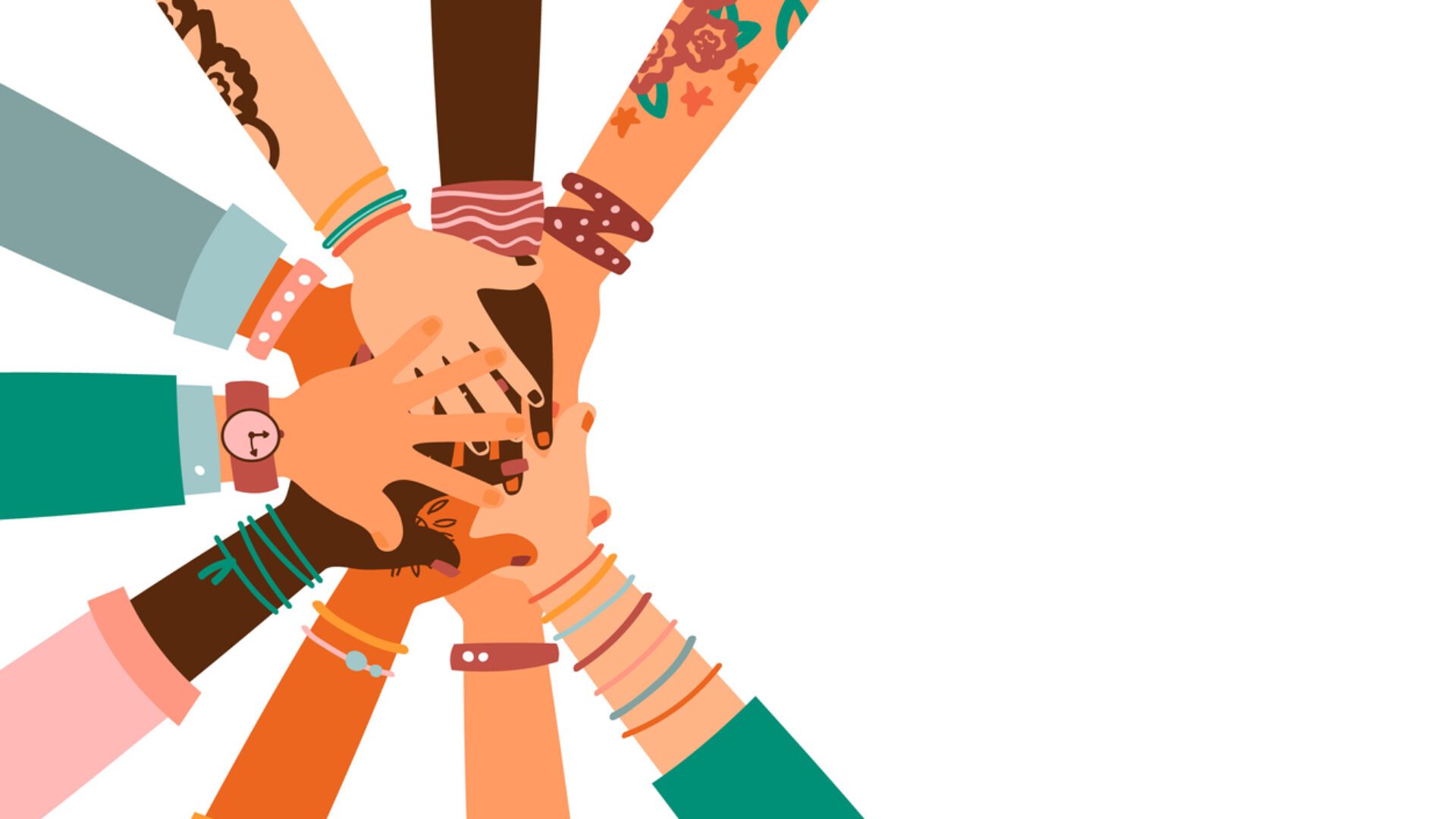Gamification in Business, Fitness, and Travel: A Powerful Strategy for Engagement
21 May 2025
Estimated reading time: 3 minutes
You’ve probably heard the term gamification thrown around, but what does it really mean? And how can it be applied in meaningful, measurable ways? In this post, you’ll learn what gamification is, how it evolved, and how it’s being used in modern business practices, customer engagement, fitness, and even tourism.
Let’s dive into the world of gamification apps, loyalty programs, and interactive games that are transforming everything from how we work to how we explore new cities.
A Brief History of Gamification
The term gamification was first coined in 2008, but it didn’t gain mainstream attention until around 2010, particularly within the business world. At its core, gamification refers to the use of game design elements—like point systems, badges, levels, leaderboards, and task completion—in non-gaming contexts.
The goal? To increase motivation, boost participation, and create more engaging and rewarding experiences. In the workplace, gamification in business helps improve employee satisfaction, foster healthy competition, and drive performance.
Today, companies of all sizes—from local shops to global giants like Amazon—are leveraging employee engagement strategies through gamification to make their teams more productive and happier.
Modern Applications of Gamification
Gamification has moved far beyond employee engagement. It’s become a widespread tool in marketing, customer loyalty, and productivity enhancement.
Gamification in Customer Loyalty Programs
Many businesses now gamify the customer experience by offering loyalty points or rewards when users sign up or make purchases. These systems make the act of buying feel like a game—with progress bars, milestone bonuses, and unlockable perks. This makes customers more likely to return, engage, and recommend your brand.
Gamification in Tourism: City Exploration Games
One of the most exciting areas of growth is city exploration games. Tourists can now explore cities like Amsterdam using a gamified app, such as the City Hunt Amsterdam. These apps provide players with historical insights, directions, and fun challenges—keeping them actively engaged while they discover new places. It’s the perfect blend of exploration, education, and entertainment.
Fitness Gamification: A New Way to Move
We’ve seen how gamification boosts business, but can it improve your health too? Absolutely.
Over the past decade, fitness gamification has transformed the way we exercise. Devices and platforms now turn physical activity into a game. Take Nintendo’s Ring Fit Adventure for the Switch, which uses accessories like resistance bands to let players earn points and unlock new levels by performing real-world exercises.
On the app side, tools like Strava gamify running and cycling. These gamification apps track performance, award points, and allow users to share results on social platforms. With leaderboards and community challenges, Strava keeps users motivated and connected—pushing fitness forward with friendly competition.
Why Gamification Works—and Why It’s Here to Stay
Gamification is no longer just a buzzword. It’s a proven method for increasing:
- Employee motivation and productivity
- Customer loyalty and satisfaction
- Fitness participation and habit-building
- Tourist engagement and city discovery
With the rise of mobile technology and data-driven platforms, the opportunities for gamification are only growing. Whether it’s helping users form better habits, rewarding customers for their loyalty, or making city tours more engaging, gamification strategies are reshaping the way we live, work, and play.
Want to Learn More?
At UP Digital, we create smart, engaging, and measurable gamification strategies that drive real results. Whether you’re looking to boost employee performance, launch a loyalty program, or design a gamified city game, we’re here to help.
Explore what’s possible at UP Digital.
Want to know more? Please contact us.
